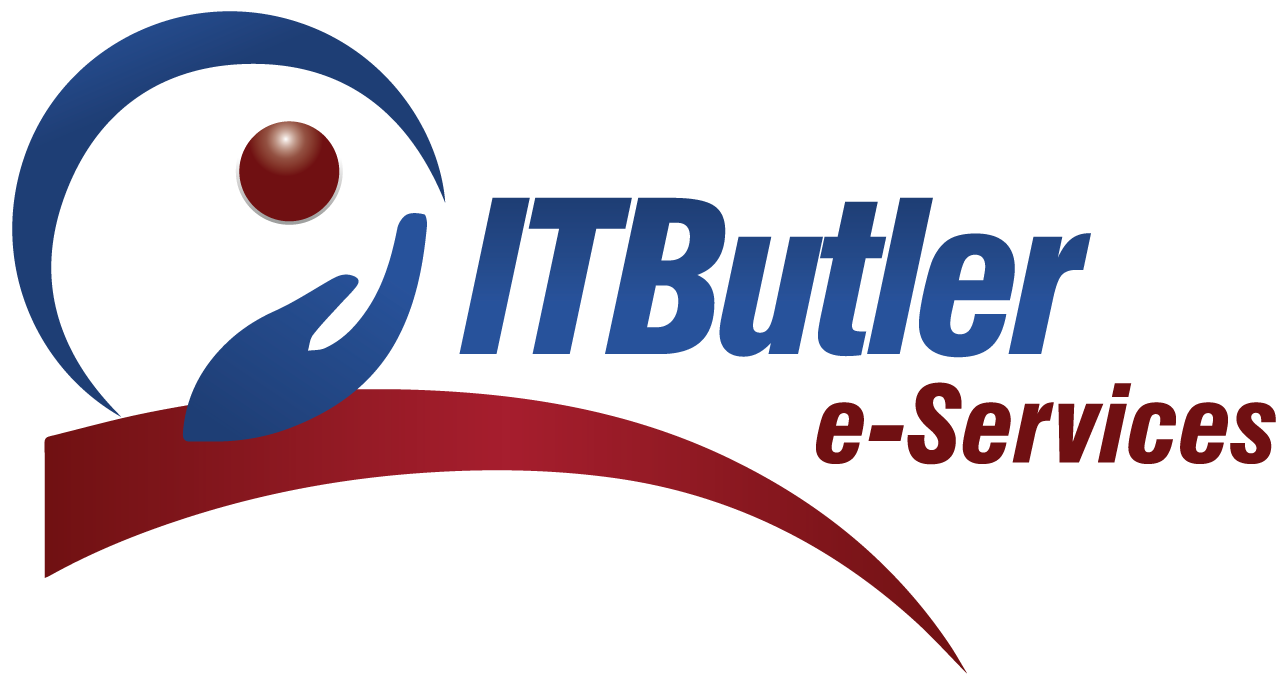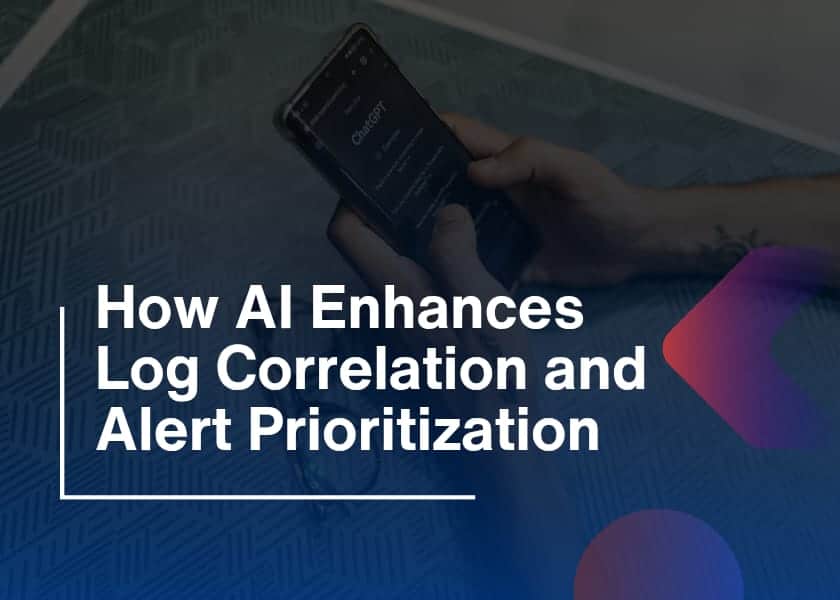As more organizations move to cloud environments, the need for secure, compliant, and well-configured infrastructures becomes urgent. Cloud misconfigurations are one of the biggest contributors to data breaches today. That’s where cloud posture management steps in. But what exactly is it, and why should businesses care?
Cloud Security Posture Management (CSPM) is a modern security approach that helps organizations automatically identify and fix misconfigurations and compliance risks in their cloud setups. In this article, we’ll break down what CSPM is, how it works, and why it’s essential for cloud-based operations.
Understanding Cloud Posture Management
Cloud posture management means keeping an eye on and updating the security settings of cloud environments at all times. CSPM mainly allows an organization to see its cloud environment and makes sure it follows industry rules and company policies.
Its main strength is that it is proactive. CSPM finds weaknesses early and gives solutions to fix them before something harmful happens. So, enterprises are protected from possible issues and are always following rules like GDPR, HIPAA, and PCI-DSS.
What Makes CSPM More Important
Today’s cloud services are both moving and challenging to understand. Every day, developers set up new resources. More and more, software is supporting third-party integrations. Organizations now depend mostly on hybrid cloud services. As a result, all that growth increases the possibility of errors in storage buckets, IAM policies, or network settings.
Such errors mean your data will be more open to being taken, and your systems may be exposed to ransomware, data leaks, and unauthorized use. Cloud posture management works as a protector by identifying vulnerabilities, marking risky settings, and outlining what you should do to maintain security.
In addition, most security teams find it challenging to look after all the resources deployed in different cloud platforms. CSPM tools make things easier by giving you an overview of your cloud security stats all in one place for AWS, Azure, and Google Cloud.
What Makes Up CSPM
Despite there being many CSPM tools, they almost always have the following key actions:
1. Continuous Monitoring
These tools scan your cloud environment all the time to reveal any inconsistencies or weaknesses as they occur. When a database is open to everyone or when encryption keys are not activated, the system reports the problem to the security team quickly.
2. Policy Enforcement
Using CIS Benchmarks or NIST standards, CSPM platforms examine your cloud setup for possible problems. They are put in place to make sure that your configurations meet best practice standards.
3. Auditors look at risks and visualize them.
You can also use cloud security posture management to see a breakdown of your risks at a glance. With dashboards, you can easily determine your most critical assets and focus your attention on addressing them first.
4. Automated Remediation
Certain CSPM solutions do more than only detect risks. They supply automation scripts or link with other tools to solve issues straight away. If a cloud bucket is made public, the system will revoke that access automatically.
Benefits of Cloud Posture Management
Now that you know what CSPM does, let’s explore how it helps your organization.
Enhanced Visibility
One of the biggest challenges in cloud security is not knowing what resources you have. CSPM provides real-time insights across all accounts, regions, and services.
Improved Compliance
Whether you’re a healthcare provider or an e-commerce store, compliance is non-negotiable. CSPM automates compliance checks and generates reports, making audits faster and easier.
Reduced Risk of Breaches
By fixing misconfigurations proactively, cloud posture management reduces the likelihood of attacks or data loss. It helps close doors that hackers often exploit.
Faster Incident Response
With real-time alerts and remediation options, your team can respond to threats much quicker than with manual monitoring alone.
Cost Efficiency
Fixing issues early is cheaper than dealing with a breach. CSPM lowers risk-related costs and saves hours of manual configuration reviews.
CSPM vs. Traditional Security Tools
It’s important to note that CSPM doesn’t replace other security tools like firewalls, antivirus software, or intrusion detection systems. Instead, it complements them. While traditional tools focus on network-level threats, CSPM zeroes in on cloud-specific risks such as:
- Publicly accessible storage
- Insecure IAM policies
- Missing encryption
- Unrestricted ports
Traditional tools may miss these issues because they aren’t tailored for the cloud. That’s why cloud security posture management is becoming essential in any cloud security strategy.

Who Needs CSPM?
You might be wondering, “Is CSPM for everyone?” The short answer: Yes, if you use the cloud.
Whether you’re a startup, a mid-sized SaaS provider, or a large enterprise, CSPM can significantly improve your security posture. In particular, it benefits:
- DevOps teams that frequently deploy infrastructure
- Security analysts who monitor cloud risks
- Compliance officers preparing for audits
- IT admins managing multi-cloud environments
The more complex your cloud usage, the more you’ll benefit from a strong cloud posture management strategy.
Implementing CSPM
If you’re planning to implement CSPM in your organization, here are some best practices to guide your efforts:
Start with a Risk Assessment
Before you deploy any CSPM tool, understand your current cloud setup. Identify high-risk areas that require immediate attention.
Choose the Right CSPM Tool
Not all tools are created equal. Evaluate features such as multi-cloud support, compliance templates, ease of use, and automation capabilities.
Integrate with CI/CD Pipelines
For real-time protection, integrate CSPM into your continuous deployment workflows. This helps catch misconfigurations before they reach production.
Customize Security Policies
Out-of-the-box templates are helpful, but you should also define custom policies based on your company’s needs and compliance requirements.
Train Your Team
Technology alone can’t secure your cloud. Make sure your team understands how CSPM works, how to respond to alerts, and how to remediate issues quickly.
Top CSPM Tools in the Market
There are several leading tools available, each offering different features based on company size and cloud complexity. Here are some of the most widely used options:
- Prisma Cloud (by Palo Alto Networks)
- Check Point CloudGuard
- Microsoft Defender for Cloud
- AWS Security Hub
- Lacework
- Wiz
Each of these tools supports cloud posture management in different ways, from basic misconfiguration scanning to AI-driven threat detection. Make sure to try demos and assess compatibility with your existing tools before making a final choice.
The Future of CSPM
As cloud adoption continues to grow, CSPM will evolve to meet new challenges. Already, we’re seeing CSPM tools integrate with DevSecOps, machine learning, and behavior analytics.
Additionally, some vendors are merging CSPM with Cloud Workload Protection Platforms (CWPPs) and Cloud Infrastructure Entitlement Management (CIEM). These integrations provide even deeper security coverage, from identity management to runtime protection. In short, cloud security posture management is no longer optional, it’s foundational.
Final Thoughts
To conclude, Cloud Security Posture Management is a must-have for any organization operating in the cloud. From detecting risky misconfigurations to maintaining compliance, CSPM gives you the tools to keep your environment secure. While traditional tools serve their purpose, cloud posture management provides the cloud-native visibility and automation necessary in today’s fast-paced IT world. By proactively managing your cloud configurations, you not only reduce risk but also build a resilient, compliant, and scalable cloud strategy.
So, if you haven’t already adopted CSPM, now’s the time to evaluate your options, define your policies, and make security a top priority. Because in the cloud, a secure posture isn’t just recommended, it’s required.





